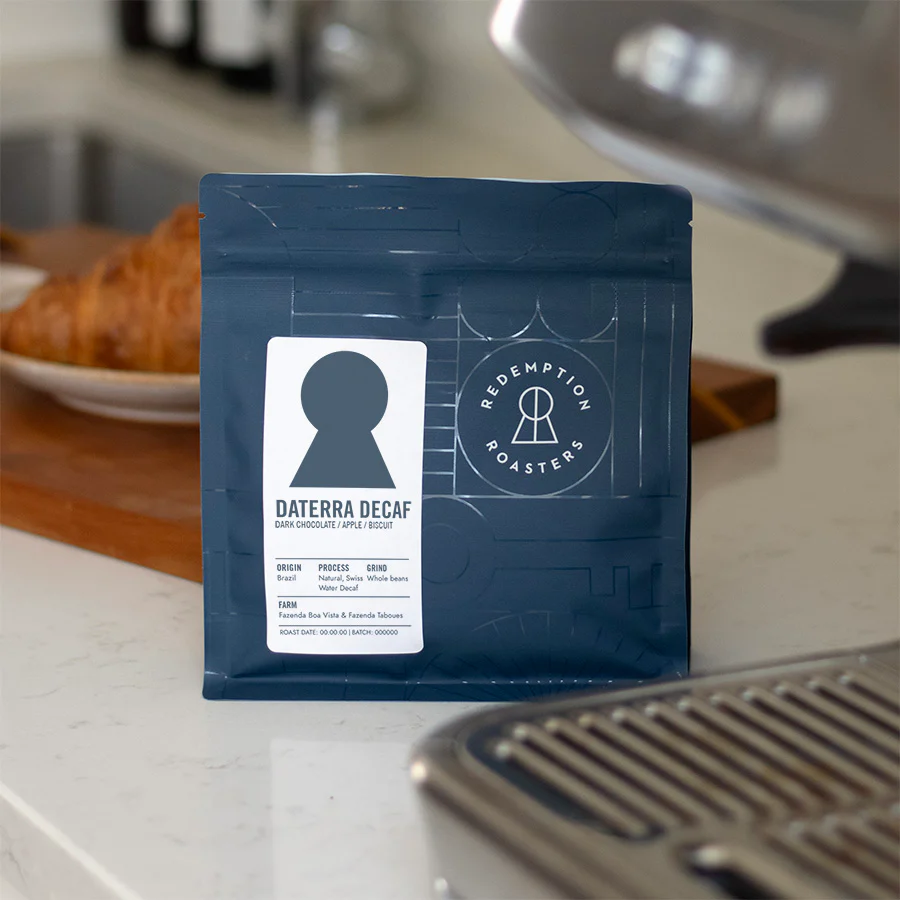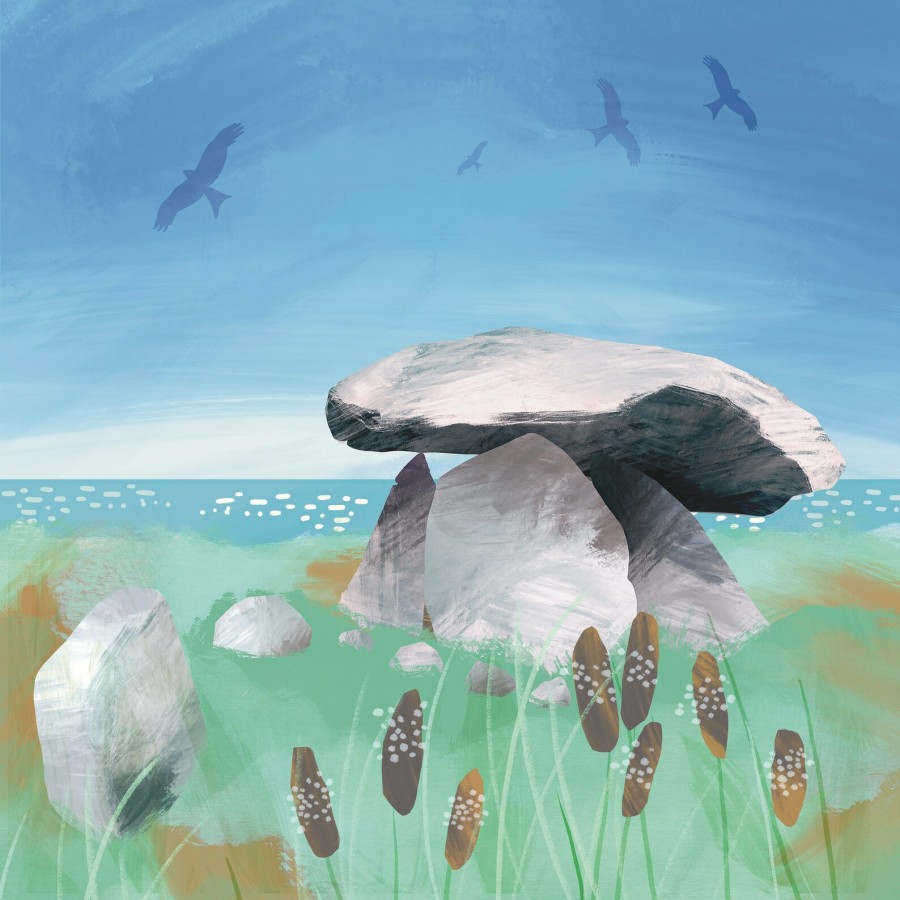Why Prison Reform is Not ‘soft on crime’

Rehabilitation focuses on education, mental health treatment, and skills training to help inmates reintegrate into society. Punishment alone often ignores the root causes of crime, which can lead to reoffending. Tap Social Beer trains prisoners up at its Oxford brewery, to reduce reoffending rates.
Restorative justice involves both the victim and criminal (not always from the same crime) meeting up to discuss how the crime impacts the victims.
It’s not popular with right-wing MPs who wish to send everyone to prison, but it has huge success in preventing crime (especially for juvenile criminals who learn the impact of their crimes). Surely that’s what we want – to reduce crime? Here’s a case study from the website:
A man was pushing his 99-year old wheelchair-bound mum, when a boy snatched her handbag and ran off, leaving his mother screaming for help.
He managed to find the boy who gave back the bag, and shortly after he pleaded guilty in court. The man requested to meet the boy, who he later found out was just 14 and had been coerced into the crime by someone else.
After their meeting, he shook the boy’s hand (who later wrote an apology letter to his mother, who was happy that she had ‘been heard’). So it’s likely he will never reoffend again, which makes it safer for everyone else.
The Prison Reform Trust says prison reform is not being ‘soft on criminals’. It means using people’s time inside to do something useful (so they are safer people when released). It also makes prisons safer for prison officers.
Countries embracing reform have reported a decline in crime rates, as offenders are less likely to reoffend after receiving proper rehabilitation. This shift reduces the potential for repeat wrongdoing, promoting a safer society for all. Norway’s prison reform policy has now produced recidivism rates below 20%, far lower than the UK.
A Beer That Supports Prison Reform

Tap Social Beer (Oxford) is a social enterprise that makes beer to create jobs, for people leaving prison. So far it has 75,000 hours of paid employment for prisoners on day release (or prison leavers). Without help, most prisoners get around £76 for their journey home (often a tent), and 50% of prisoners reoffend within a year, costing taxpayers around £6 billion each year.
50% of all employers won’t hire someone with a criminal record, and this means up to 70% of prisoners who leave with their £90 journey fare re-offend, and return to cells for up to 22 hours per day (costing the taxpayer around £42K per prisoner each year).
The range of beers include:
- Jobsworth (Session Pale Ale)
- Sundown (Pale Ale)
- Inside Out (oatmeal stout)
- Time Better Spent (Juicy IPA)
- False Economy (craft lager)
- Home and Dry (Hazy Pale Ale)
- Major Figures (lager)
You can enjoy fresh draught beer (and cans) at the company’s four community spaces in Oxfordshire. Or outside of this area, have the beers delivered to your home or business direct, with free local delivery on orders over £25 and free nationwide delivery for orders over £60.
Redemption Coffee (hand-roasted by prisoners)

Redemption Roasters offers coffees hand-roasted by prisoners in Hertfordshire at HMP Mount (which used to have a lot of drug problems). This gives jobs and training, to help inmates find jobs on release. A portion of wages are set aside, to access on release.
NHS says to have 1 or less cups of coffee a day if pregnant (chain stores serve coffee higher in caffeine). Use a sink protector mat to stop coffee grounds clogging drains. Latest research says that caffeine could harm harm compost bin creatures, so just bin coffee grounds (and tea leaves) to naturally break down.
Houseplants (employment for female prisoners)

The Glasshouse is based in a women’s prison in Kent, which trains people in horticulture, to sell houseplants sold at their shop and website, plus offer gifts for offices and retail. Of course, the added benefit is of being close to nature.
Many plants (including ferns, sago palm, Swiss cheese and all bulbs) are toxic to pets (even brushing a tail past can harm). Also avoid facing indoor plants to face gardens, to stop birds flying into windows.
Does the Death Penalty Deter Crime?
No. In US states where it is used (Texas), the murder rate is higher than states that don’t use it (like the northeast). This is because most crimes are committed by people on drugs, or who are insane. So they are not thinking of the consequences, when committing the crime.
We used to have the death penalty in England, which (judging by celebrity-obsessions of recent years) would likely mean hoards of people would attend public hangings if they could.
In fact, the last ‘public hangman’ (Albert Pierrepoint) later said that he didn’t think his job made any difference to deter crime. The son of a hangman, he even sometimes hanged the wrong person (in one miscarriage of justice, he hanged an innocent man with a mental age of 10). Then when the guilty man was found, he hung him too).
He also before that, had controversially hanged a 19-year old man now believed to have been innocent. He also hanged Ruth Ellis, the last woman to be executed in England. Then retired to set up a bed-and-breakfast? But he later said:
All the men and women whom I have faced at that final moment convince me that in what I have done, I have not prevented a single murder.
The book Death at Midnight is interesting. It’s written by a former executioner in the US. His argument was that those who support the death penalty are not the people pulling the noose. So while they go about their daily life after the execution, it’s people like him who are left having nightmares for the rest of their lives.
What is far more effective is to prevent drug addiction in young people. Sport, art, and volunteering give young people a place to belong. Busy, connected children have less reason to try drugs out of boredom or loneliness.
Adults who lead by example as youth mentors make a real impact. Teachers, coaches, and neighbours who talk openly about choices show kids what a healthy life looks like.






